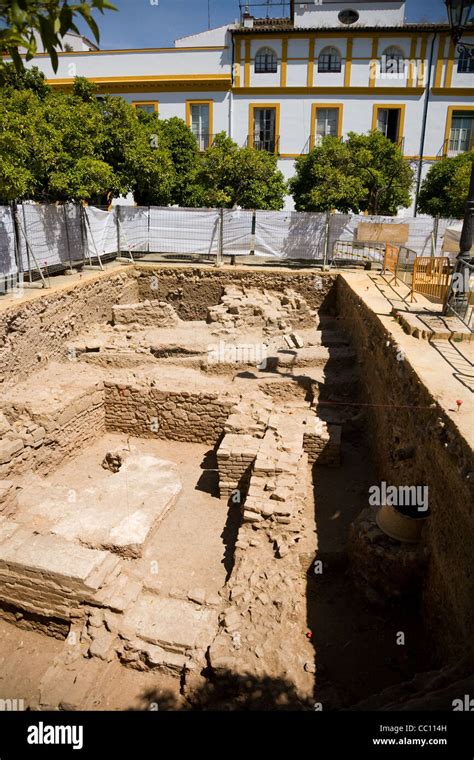In the summer of 2014, a team of archaeologists from the University of Barcelona carried out an excavation at the site of a Roman villa in the town of El Vendrell, Spain. The dig, which was funded by the Spanish government, was part of a larger project to study the Romanization of the Iberian Peninsula.

The excavation uncovered a wealth of artifacts, including ceramics, coins, jewelry, and tools. The most significant find was a set of bronze statuettes depicting Roman gods and goddesses. These statuettes are believed to have been part of a household shrine, and they provide valuable insights into the religious beliefs of the Roman inhabitants of the villa.
In addition to the artifacts, the excavation also revealed the remains of the villa’s foundations, walls, and floors. These remains have allowed archaeologists to reconstruct the layout of the villa and to gain a better understanding of how it was used.
The excavation at El Vendrell is just one example of the many archaeological projects that are being carried out in Spain. These projects are helping to shed light on the rich history of the Iberian Peninsula and to provide a better understanding of the cultures that have inhabited the region over the centuries.
The Roman Villa at El Vendrell
The Roman villa at El Vendrell was a large and luxurious home that was built in the 1st century AD. The villa was located on a hilltop overlooking the Mediterranean Sea, and it had a commanding view of the surrounding countryside.
The villa was built around a central courtyard, and it had a variety of rooms, including bedrooms, bathrooms, a kitchen, and a dining room. The villa was also decorated with a number of frescoes and mosaics.
The villa was owned by a wealthy Roman family, and it is believed that they used it as a summer home. The villa was abandoned in the 3rd century AD, and it was later destroyed by a fire.
The Archaeological Excavation
The archaeological excavation at El Vendrell was carried out over a period of six weeks. The excavation team consisted of 20 archaeologists from the University of Barcelona.
The excavation uncovered a wealth of artifacts, including ceramics, coins, jewelry, and tools. The most significant find was a set of bronze statuettes depicting Roman gods and goddesses. These statuettes are believed to have been part of a household shrine, and they provide valuable insights into the religious beliefs of the Roman inhabitants of the villa.
In addition to the artifacts, the excavation also revealed the remains of the villa’s foundations, walls, and floors. These remains have allowed archaeologists to reconstruct the layout of the villa and to gain a better understanding of how it was used.
The Significance of the Excavation
The excavation at El Vendrell is significant for a number of reasons. First, it provides new insights into the Romanization of the Iberian Peninsula. The villa at El Vendrell is one of the best-preserved Roman villas in Spain, and it provides a valuable glimpse into the lives of the Roman inhabitants of the region.
Second, the excavation has uncovered a wealth of artifacts that provide valuable information about Roman culture. The bronze statuettes, in particular, are a significant find, and they provide new insights into the religious beliefs of the Roman inhabitants of the villa.
Finally, the excavation has helped to raise awareness of the importance of archaeological research. The excavation has been widely publicized, and it has helped to generate interest in the history of the Iberian Peninsula.
